The role played by alternative splicing in antigenic variability
Por um escritor misterioso
Last updated 04 setembro 2024
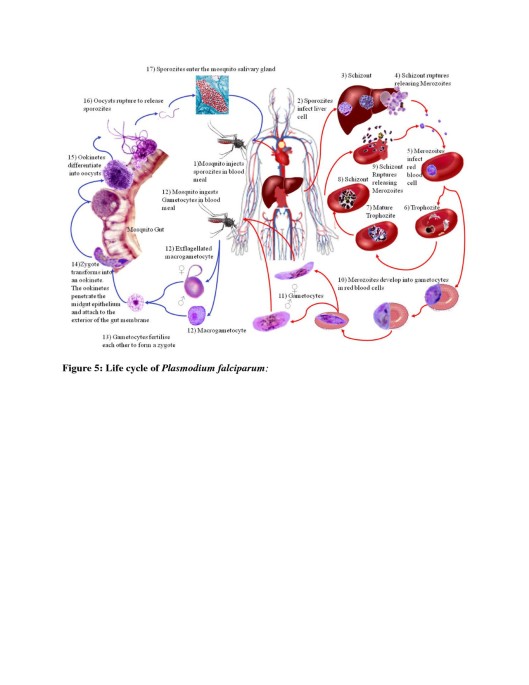
Endo-parasites that affect humans include Plasmodium, the causative agent of malaria, which remains one of the leading causes of death in human beings. Despite decades of research, vaccines to this and other endo-parasites remain elusive. This is in part due to the hyper-variability of the parasites surface proteins. Generally these surface proteins are encoded by a large family of genes, with only one being dominantly expressed at certain life stages. Another layer of complexity can be introduced through the alternative splicing of these surface proteins. The resulting isoforms may differ from each other with regard to cell localisation, substrate affinities and functions. They may even differ in structure to the extent that they are no longer recognised by the host’s immune system. In many cases this leads to changes in the N terminus of these proteins. The geographical localisation of endo-parasitic infections around the tropics and the highest incidences of HIV-1 infection in the same areas, adds a further layer of complexity as parasitic infections affect the host immune system resulting in higher HIV infection rates, faster disease progression, and an increase in the severity of infections and complications in HIV diagnosis. This review discusses some examples of parasite surface proteins that are alternatively spliced in trypanosomes, Plasmodium and the parasitic worm Schistosoma as well as what role alternate splicing may play in the interaction between HIV and these endo-parasites.
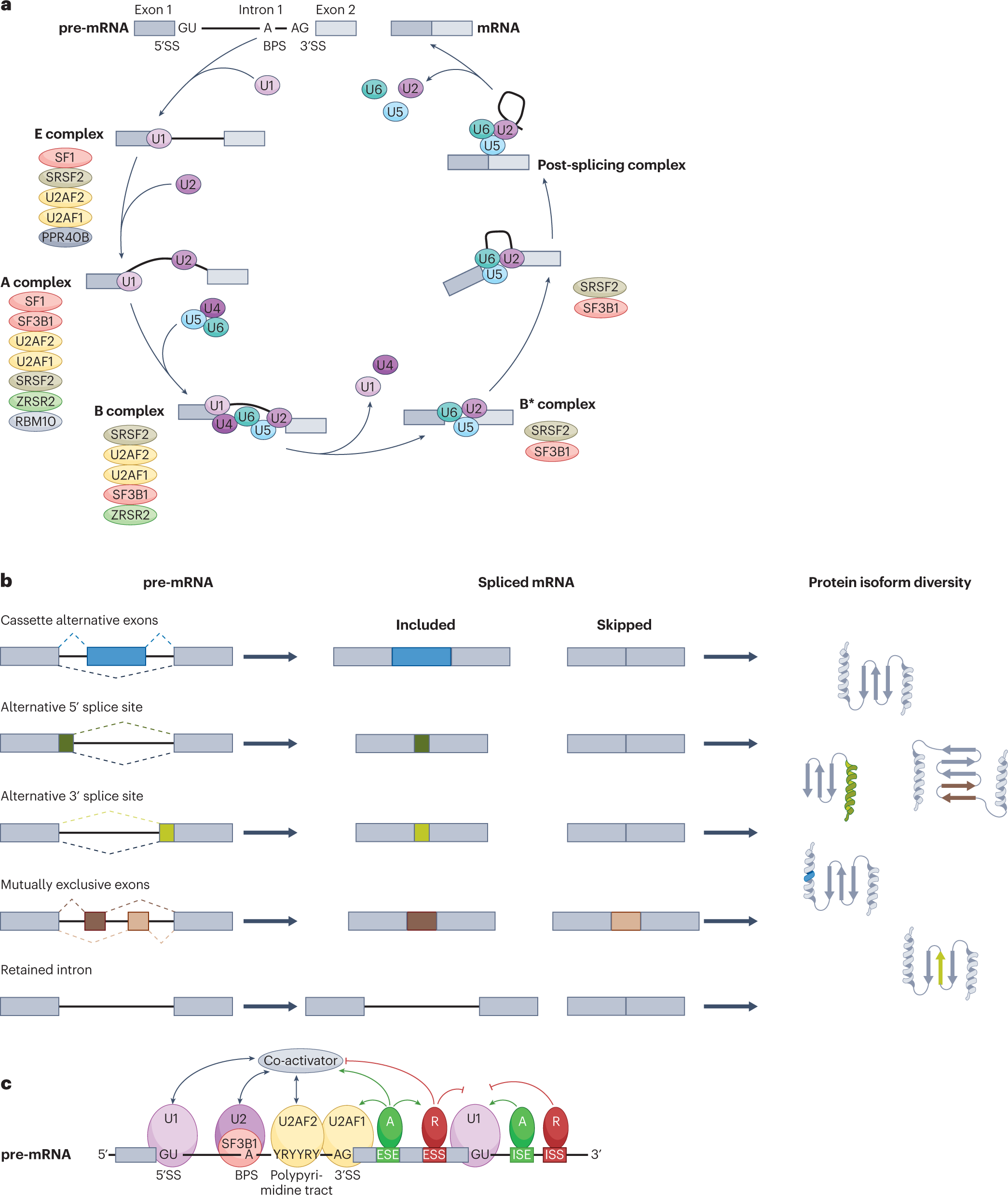
RNA splicing dysregulation and the hallmarks of cancer
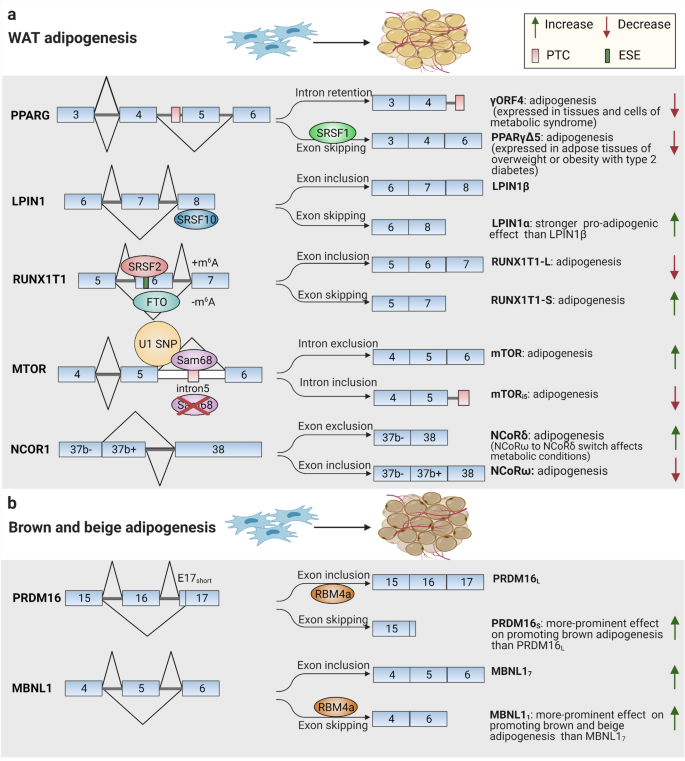
Regulatory roles and mechanisms of alternative RNA splicing in adipogenesis and human metabolic health, Cell & Bioscience

Detection and validation of alternative splicing. (A) Types of evidence
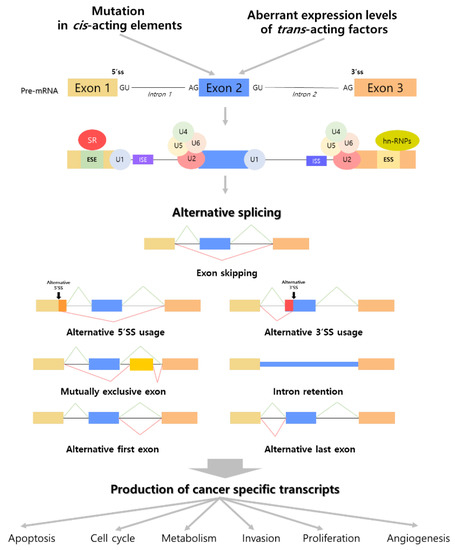
IJMS, Free Full-Text
Identification of neoantigens and immunological subtypes in clear cell renal cell carcinoma for mRNA vaccine development and patient selection

Roles of alternative splicing in infectious diseases: from hosts, pathogens to their interactions

IRIS: Discovery of cancer immunotherapy targets arising from pre-mRNA alternative splicing

SARS-CoV-2 selectively induces the expression of unproductive splicing isoforms of interferon, class I MHC and splicing machinery genes

PDF) The role played by alternative splicing in antigenic variability in human endo-parasites

Mechanistic Similarities between Antigenic Variation and Antibody Diversification during Trypanosoma brucei Infection: Trends in Parasitology
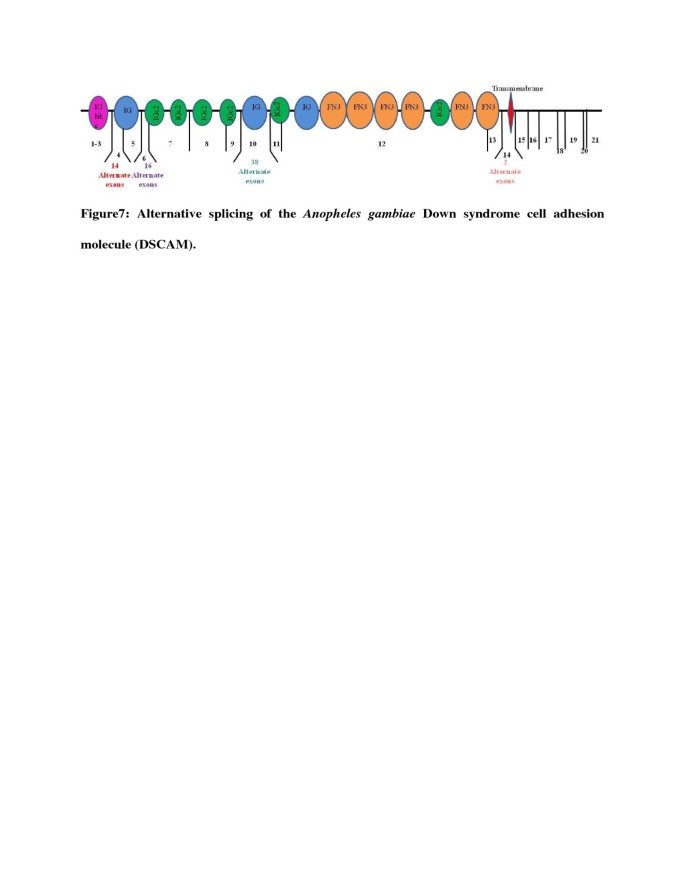
The role played by alternative splicing in antigenic variability in human endo-parasites, Parasites & Vectors

Alternative splicing: multiple control mechanisms and involvement in human disease: Trends in Genetics
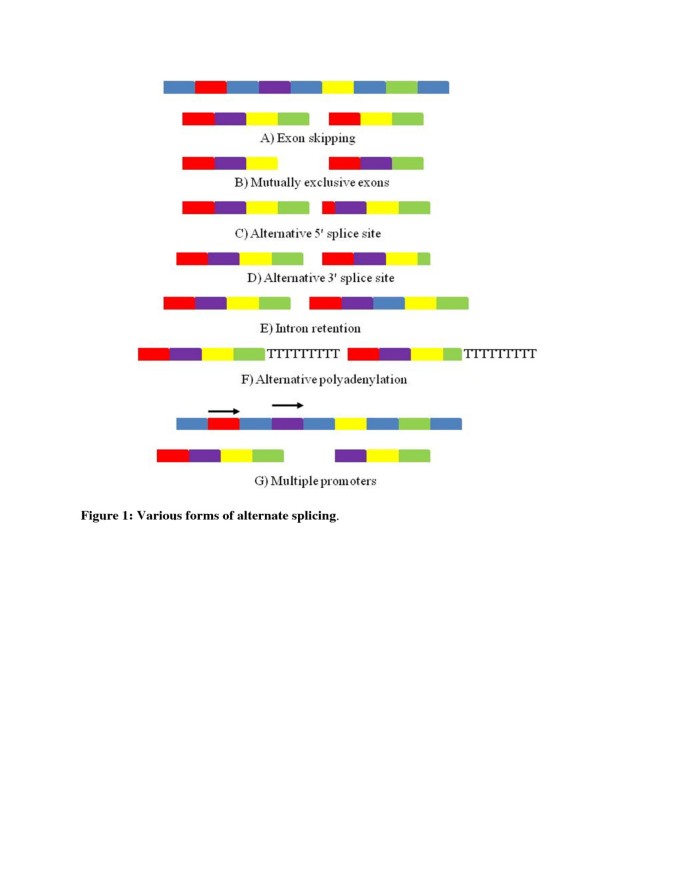
The role played by alternative splicing in antigenic variability in human endo-parasites, Parasites & Vectors

Alternative splicing and cancer: a systematic review

Temporal Modulation of Differential Alternative Splicing in HaCaT Human Keratinocyte Cell Line Chronically Exposed to Arsenic for up to 28 Wk, Environmental Health Perspectives
Recomendado para você
-
 SCP-7149 - SCP Foundation04 setembro 2024
SCP-7149 - SCP Foundation04 setembro 2024 -
![SCP-2074 Sinkbait Safe [SCP Document Reading]](https://i.ytimg.com/vi/WElXY-UgoIY/sddefault.jpg) SCP-2074 Sinkbait Safe [SCP Document Reading]04 setembro 2024
SCP-2074 Sinkbait Safe [SCP Document Reading]04 setembro 2024 -
old edit // scp: zoylaep.scp #raisokolov #kylehunter #throneduet04 setembro 2024
-
Cloudy Backpack Roblox Item - Rolimon's04 setembro 2024
-
 The Rare Breed 1995 Vintage VHS Tape Vcr Classic Video James04 setembro 2024
The Rare Breed 1995 Vintage VHS Tape Vcr Classic Video James04 setembro 2024 -
![Tunnel in the cave / Megaprints / [SCIM] Satisfactory - Calculator](https://static.satisfactory-calculator.com/data/megaprintsInGame/6/5/5/0/655030540aed981b558d2f880b20cca6217d24e6-2.jpg?v=1691426280) Tunnel in the cave / Megaprints / [SCIM] Satisfactory - Calculator04 setembro 2024
Tunnel in the cave / Megaprints / [SCIM] Satisfactory - Calculator04 setembro 2024 -
🦃 Gobbling Turkey Snood04 setembro 2024
-
 Music in the Mills Festival - Enjoy Jefferson County Wisconsin Tourism04 setembro 2024
Music in the Mills Festival - Enjoy Jefferson County Wisconsin Tourism04 setembro 2024 -
 Synthesis of the Tetrahydroisoquinoline Alkaloid (±)-Renieramycin04 setembro 2024
Synthesis of the Tetrahydroisoquinoline Alkaloid (±)-Renieramycin04 setembro 2024 -
 NEW IFM OBF-FAKG/T/US-OBF500 FIBER-OPTIC AMPLIFIER04 setembro 2024
NEW IFM OBF-FAKG/T/US-OBF500 FIBER-OPTIC AMPLIFIER04 setembro 2024
você pode gostar
-
 New ISO - Dragon Ball Super Budokai Tenkaichi 3 V2 Mod04 setembro 2024
New ISO - Dragon Ball Super Budokai Tenkaichi 3 V2 Mod04 setembro 2024 -
 Kit artes digitais Unicórnio04 setembro 2024
Kit artes digitais Unicórnio04 setembro 2024 -
 Cross Sans by FallenFlowersDA on DeviantArt04 setembro 2024
Cross Sans by FallenFlowersDA on DeviantArt04 setembro 2024 -
 Read Manga Arcane Sniper - Chapter 6404 setembro 2024
Read Manga Arcane Sniper - Chapter 6404 setembro 2024 -
Camisa gíria mineira Arreda04 setembro 2024
-
 assistir my hero academia heroes rising filme completo legendado04 setembro 2024
assistir my hero academia heroes rising filme completo legendado04 setembro 2024 -
 OneSevenBoyz Hand 2 hand (sumo wrestler) Lyrics04 setembro 2024
OneSevenBoyz Hand 2 hand (sumo wrestler) Lyrics04 setembro 2024 -
 Review - Fairy Tail - Gamerview04 setembro 2024
Review - Fairy Tail - Gamerview04 setembro 2024 -
 dawn (pokemon and 1 more) drawn by suitenan04 setembro 2024
dawn (pokemon and 1 more) drawn by suitenan04 setembro 2024 -
Mrbeast memes [ ] follow for more04 setembro 2024

